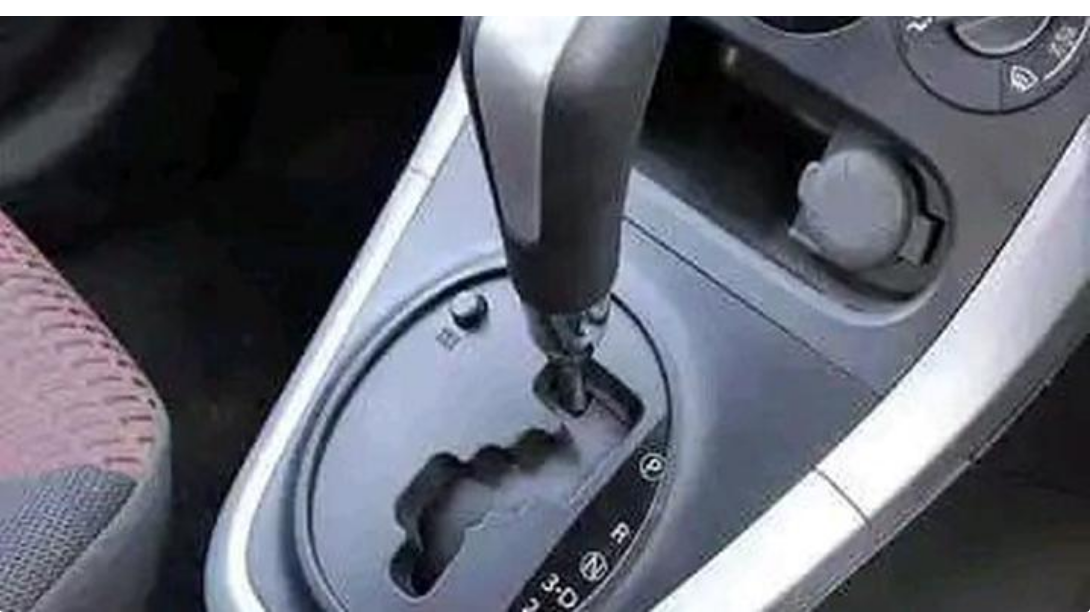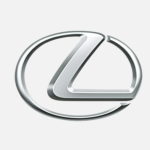If you’ve ever looked at your automatic gearshift and wondered what D1, D2, and D3 are for, you’re not alone. Most drivers stick to the regular “D” for Drive, but those additional gears can actually give you more control, especially in tricky driving situations.
Let’s break down what each of these options means and when you should actually use them….CONTINUE READING
Before we get into D1–D3, remember that D is the standard mode used for everyday driving. In this mode, the transmission automatically shifts through all forward gears as needed for speed and power.
D3 (Drive 3) limits the transmission to the first three gears only (1st, 2nd, and 3rd). It will not shift into 4th gear or higher.
✅ Use D3 When:
-
Driving downhill to help with engine braking
-
Towing a load (adds more control)
-
Driving in city traffic to avoid constant shifting between gears
🚗 Tip: Using D3 can help avoid overusing your brakes when going downhill.
D2 (Drive 2) locks the transmission to 1st and 2nd gear only.
✅ Use D2 When:
-
Driving on steep hills (up or down)
-
Driving in snowy, icy, or muddy conditions (more torque and less wheel spin)
-
Need stronger engine braking going downhill
D1 (Drive 1) locks the transmission in 1st gear only.
✅ Use D1 When:
-
Starting from a stop on a very steep incline
-
Towing heavy loads uphill
-
Navigating very rough terrain
🛑 Warning: Don’t drive at high speeds in D1. It’s meant for low-speed power, not cruising.
Even though automatic cars shift gears on their own, D1–D3 gives the driver more control in specific situations where automatic shifting may not be ideal—like steep hills, towing, or slippery roads.






